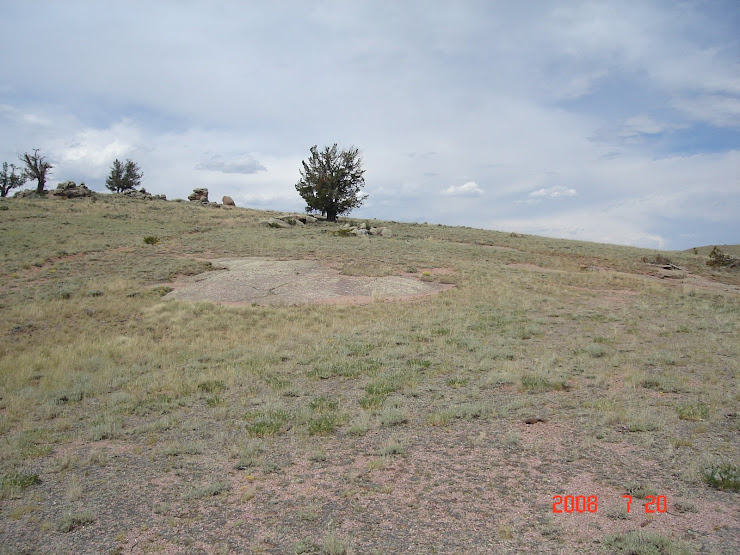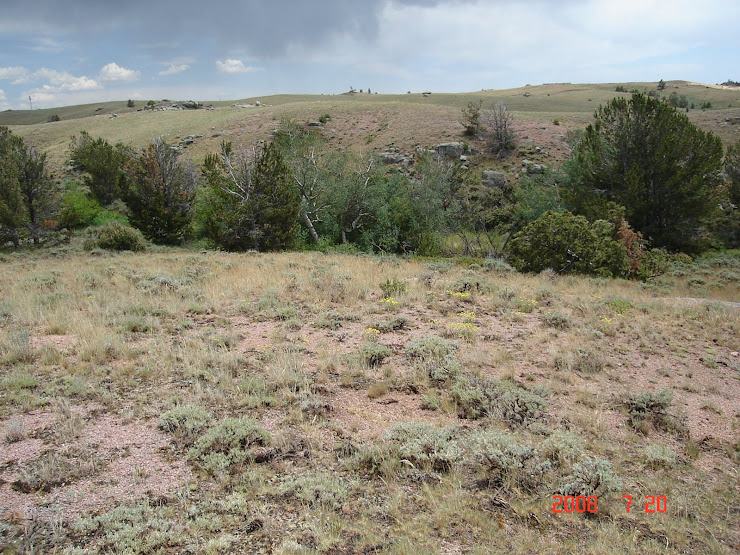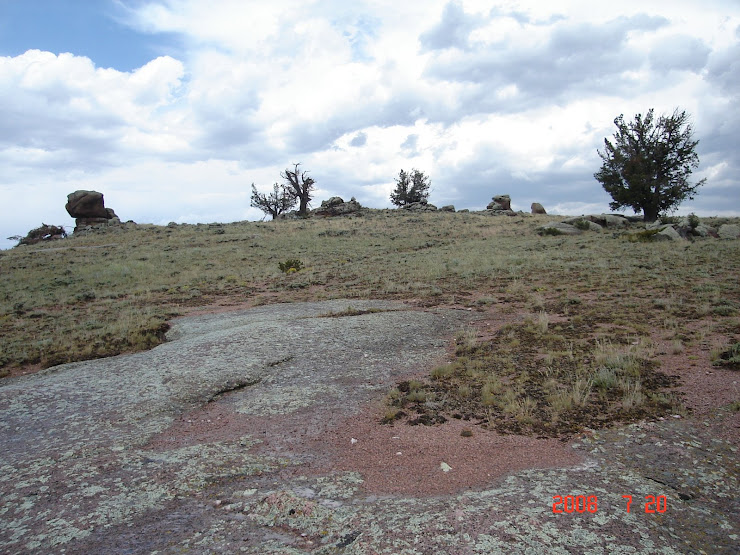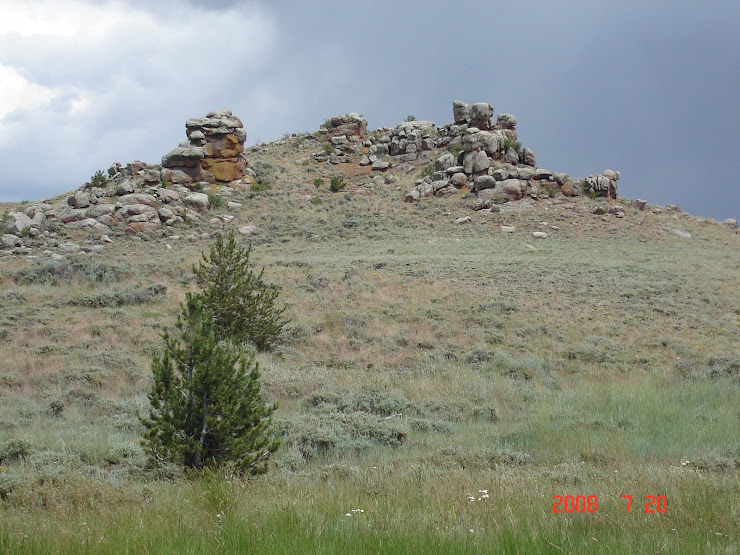
On May 3rd 2011, my two packages of bees arrived in Denver. A cold front was coming in so we decided to install the bees (into their hives) on the following day. Each package contains approximately 7,000 to 10,000 bees. Since this hobby is new to me, I decided to keep the hives down in Denver this year so that I could learn more and understand what to expect before putting bees up in WY.
TWO SIDE NOTES:
Around the end of April, I purchased 50+ Caragana shrubs (Siberian Pea Shrub) that I will plant in WY as a living snow fence (wind break) and a source of nectar/pollen for the bees. Each shrub will grow to around 12' in diameter and up to 20' high. They are filled with yellow flowers for the bees to forage. I temporarily planted the trees in planters and they are currently in Denver. I'll take some shrubs up to WY each time I go this summer and get them planted. The trick will be keeping the large and small rodents (deer, antelope, rabbits, squirrels and etc) off of them until they get established. It will likely involve a lot of fencing.


In addition to the shrubs, I bought a bunch of native (nectar producing)high altitude wildflowers to plant at the property - Lupine, Penstemmon, Columbine, Indian Paintbrush, etc. I'll be curious to see if they propagate. I do have some of these plants on the property already but not a lot. I might also plant some clover next year.
BACK TO THE BEES -
We made two videos so far. The first one is the installation of the bees into the hive (May 4th). The second one is a check up on the bees to make sure they are producing honeycomb and preparing the frames for eggs and honey. The queen bee lays approximately 1000 eggs a day and the hive will get to around 60,000 bees when the hive is fully established. Enjoy the videos.
May 4th Video - Installing the Bees into the Hive
Installing the Bees - May 4th 2011
May 14th - First Look at Bees within the hive.
Here we are checking to make sure the Queen is alive and laying eggs. We will look for signs of the queen's activity, such as capped honeycomb. The worker bees (all sterile females) will cap a honeycomb cell once the queen has laid an egg. The larvea will hatch in ~ 14 days.
Establishing the Hive - May 14th, First Look in




No comments:
Post a Comment